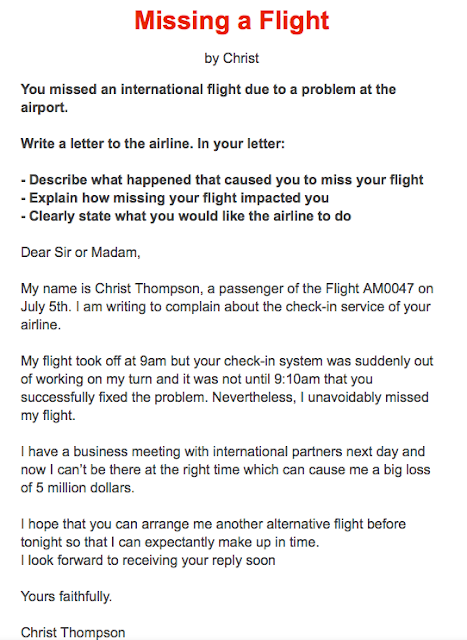Manual Testing Interview Questions - Part 7
In continuation with the latest series of Manual Testing Interview Questions, we present you the part 7 of the course structure. Click on below links for previous parts.
Manual Testing Interview Questions - Part 7
- What is Unit testing?
- It is also called as module testing /component testing.
- It is done to check whether the individual unit or module of the source code is working properly. It is done by the developer.
- Integration testing?
- It is a process of testing the interface between the two s/w units.
- It is done by 3 ways:- big-bang , top-down, bottom-up approach.
- Process of combining & testing multiple components together.
- Normally done by developer but a tester can also perform if he has the knowledge of coding.
- System testing?
- It is a black box testing technique performed to evaluate the computer system. It include both functional and non-functional testing. Verifying the completed system to ensure that the application works as intended or not.
- “The behaviour of the system is tested as defined by the scope of the development project”.
- Carried out by specialist tester/independent tester.
- User Acceptance testing?
- User-requirement testing is done.
- Done by client as well as end user.
- It is a final stage of testing before used.
- Alpha- beta testing?
- Alpha
- Developer records all the issues.
- Done by the end user at dev site. (involves client or tester+dev)
- Beta
- Dev go through all the issues after specific period of time.
- Done by the end user at the client site. (involves client/user)
- Suppose you are the PM and you have to design test plan, how you will design test Plan?
- Basically test plan is nothing but road map for testing & Test Plan is used for the planning for Testing Activity. I will consider below points while designing a Test Plan
- Objective
- Introduction
- Assumption and Test Approach
- Entry Criteria
- Exit Criteria
- Resumption Criteria
- Suspension Criteria
- Risk and Mitigation
- Resource and Responsibilities
- Test Environment Set up
- Training Requirements
- Test Schedules
- Deliverables
- Who is preparing test plan?
- Test Lead is responsible for preparing the Test Plan. But In my company I am helping my lead to generate a Test Plan.
- What is Entry Criteria? Or what are Entry Criteria for Testing Phase? Or what should be the Entry criteria for system testing?
- Entry Criteria will tell you, when to start testing? We can start testing only when
- 1. All the Resources are in Place.
- 2. All the Hardware and Software in Place.
- 3. All the Test Cases are in place.
- 4. Drop/Build is ready for testing.
- What is Exit Criteria? Or when to stop testing? Give at least 5 reasons?
- Exit Criteria will tell you, When to Stop Testing? We can Stop Testing only when
- 1. No S1 or P1 Defects are in open state.
- 2. Open P2 Defects must have mitigation plan and work-around
- 3. All CRs(Change Request) = Closed or Deferred
- 4. System, Integration and Regression Testing = Complete
- 5. STG Environment must be Stable.
- Can project will be delivered with few open defects in it? What do you think about it?
- Yes. Provided no S1 or P1 defects should be in open state. As we already mentioned this in the exit criteria in our test plan.

Comments
Post a Comment